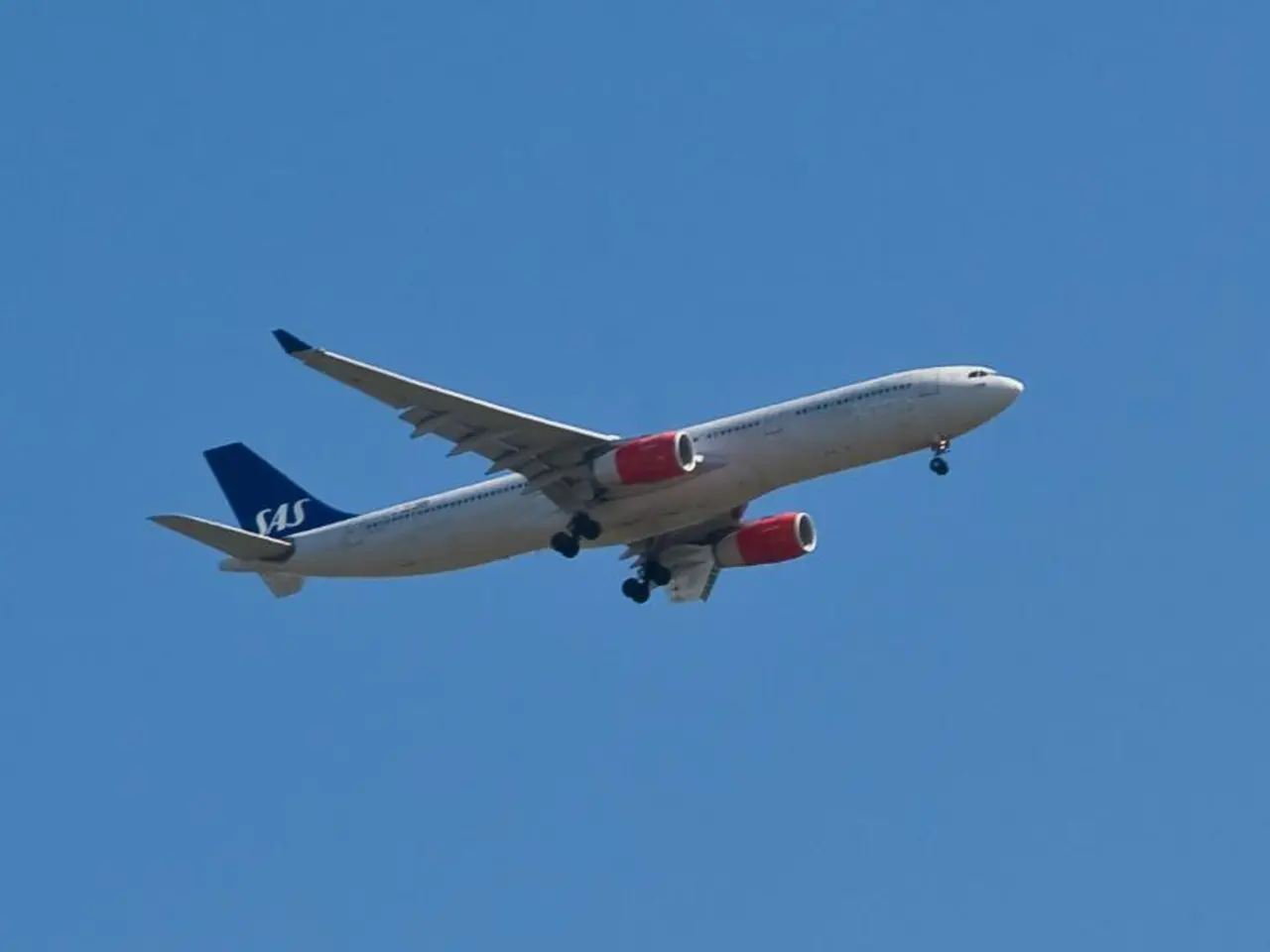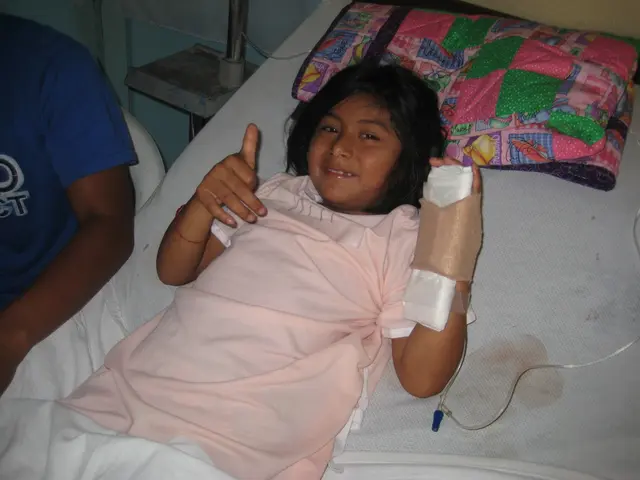Cutting-edge tech center focusing on boosting innovation for future Airbus wing designs
Airbus Opens New Wing Technology Development Centre in Filton, UK
Airbus has unveiled its new Wing Technology Development Centre (WTDC) at its Filton site, marking a significant step in the aviation giant's efforts to drive innovation and sustainability in wing design and manufacturing.
The WTDC serves as a global centre of excellence for wing design, engineering, and manufacturing across all Airbus commercial aircraft families. It is focused on developing next-generation wing technologies, including advanced materials, innovative manufacturing techniques, and sustainable aviation solutions that contribute to more efficient and environmentally friendly aircraft wings.
The centre's research and development efforts are crucial in achieving the aviation industry's goal of achieving net zero carbon emissions by 2050. The WTDC designs wings for aircraft like the Airbus A350 XWB, which are made from carbon fiber composites. These wings improve aircraft fuel efficiency, reduce weight, lower aerodynamic drag, and decrease noise—key factors in reducing carbon emissions during flight.
The WTDC also partners on projects like Airbus’ Sustainable Wings (SusWings) initiative and the ASPIRE technology collaboration, which explore and develop composite structures and wing architectures aimed at sustainable aviation.
Innovating wing aerodynamics, materials, and integration of systems such as fuel and landing gear is critical in enabling Airbus to meet aggressive emissions reduction targets in line with global net zero ambitions for the aviation sector by 2050. The WTDC’s work supports Airbus’ strategic commitments to sustainability and helps position the aviation industry to significantly lower carbon footprints.
The WTDC is equipped with a static wing demonstrator, a fully-equipped demonstrator, and a Run@rate demonstrator. These demonstrators are used to test installation technologies and novel approaches to equipping the next generation of wings with systems, as well as to assess the structural capabilities of new designs and materials.
Since 2014, Airbus has been awarded £117 million by the Aerospace Technology Institute for Wing of Tomorrow related research. The WoT programme, led by the team in the UK, allows Airbus to explore new manufacturing and assembly technologies for future generations.
The new facility was opened by Nusrat Ghani, UK Minister of State at the Department for Business and Trade. With over 2,700 employees at its Filton site, Airbus is a significant contributor to the local economy and the aviation industry as a whole. Half of the world's air passengers fly on Airbus wings designed in Filton, England and manufactured in Broughton, Wales.
By accelerating the design, build, and testing of wings for next-generation aircraft using the latest technology, the WTDC is poised to play a vital role in shaping the future of aviation and helping the industry meet its ambitious net zero carbon goals.
The Wing Technology Development Centre (WTDC) in Filton, UK, is a global hub for the finance, engineering, and manufacturing of wings across all Airbus commercial aircraft families, focusing on next-generation aerospace technology and sustainable aviation solutions to meet the industry's goal of achieving net zero carbon emissions by 2050. The WTDC's research, in collaboration with initiatives like Airbus’ Sustainable Wings (SusWings) and ASPIRE, explores advanced wing aerodynamics, materials, and integration systems, backed by £117 million awarded since 2014 by the Aerospace Technology Institute for Wing of Tomorrow-related research.








